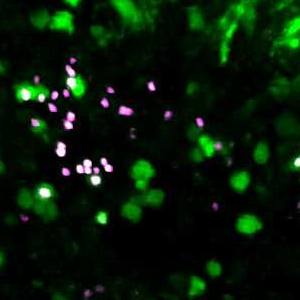A recent Mayo Clinic study focused on newly diagnosed lung cancer patients to find out how many of them would have been identified by screening under the current national guidelines, which are age 55 to 80 and smoked a pack a day for at least 30 years, or quit smoking within the last 15 years.
What researchers found was that long-term quitters — pack-a-day smokers who stopped more than 15 years ago — and also those age 50 to 54, have a similar risk of lung cancer death as those which meet the national criteria.
Researchers say the findings highlight the need to update the screening criteria when determining who is at high risk for lung cancer and should be screened.
Journalists: Broadcast-quality video pkg (1:00) is in the downloads at the end of the post. Please "Courtesy: Mayo Clinic News Network." Read the script.
Screening for lung cancer with an annual low-dose CT scan saves lives, and is recommended for those at high risk. The U.S. Preventive Services Task Force defines that as a person who is age 55 to 80 and smoked a pack a day for at least 30 years, or quit smoking within 15 years.
Dr. David Midthun (MID-toon), a Mayo Clinic pulmonologist and critical care specialist, says calculating a person's risk for lung cancer and screening recommendations isn't one-size-fits-all.
"Maybe they stopped smoking at 28 pack years. Maybe they are younger — age 50 — but have two siblings who died of lung cancer or have COPD (chronic obstructive pulmonary disease)," says Dr. Midthun.
He recommends considering additional factors. And age isn't strictly 55 and older.
"We include people who are perhaps a little younger than that, have a little less smoking history than that, but have other risk factors, such as COPD, family history, personal history of cancer," says Dr. Midthun.
And experts emphasize that education about lung cancer screening availability is especially important.
"Fewer people died of lung cancer in those who are screened with CT," says Dr. Midthun.







